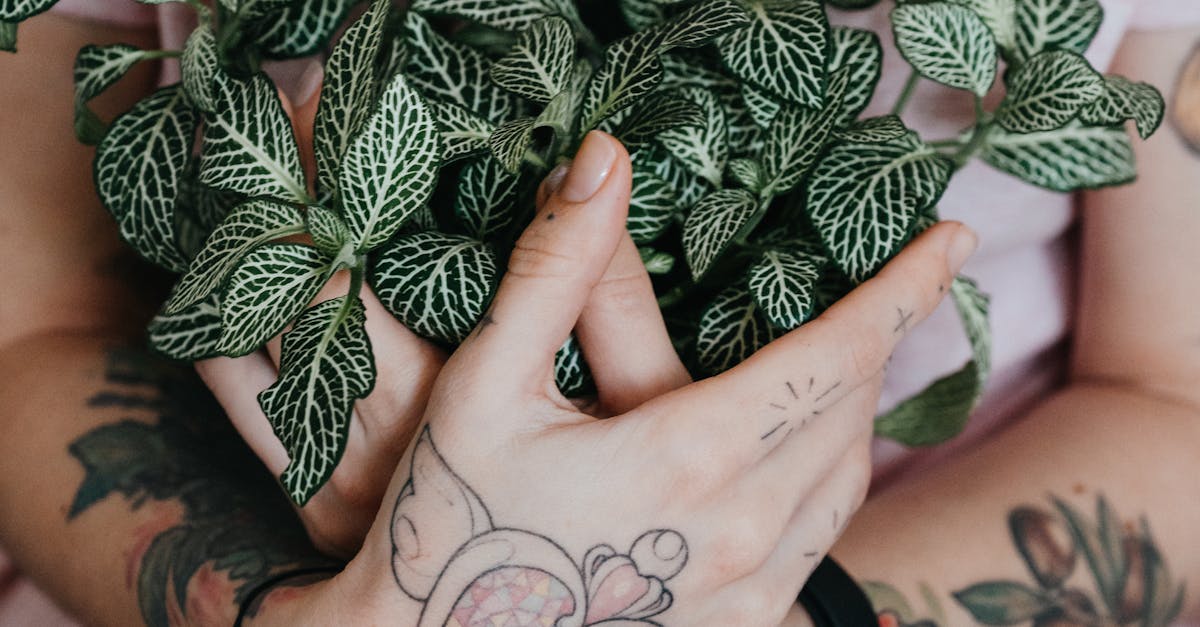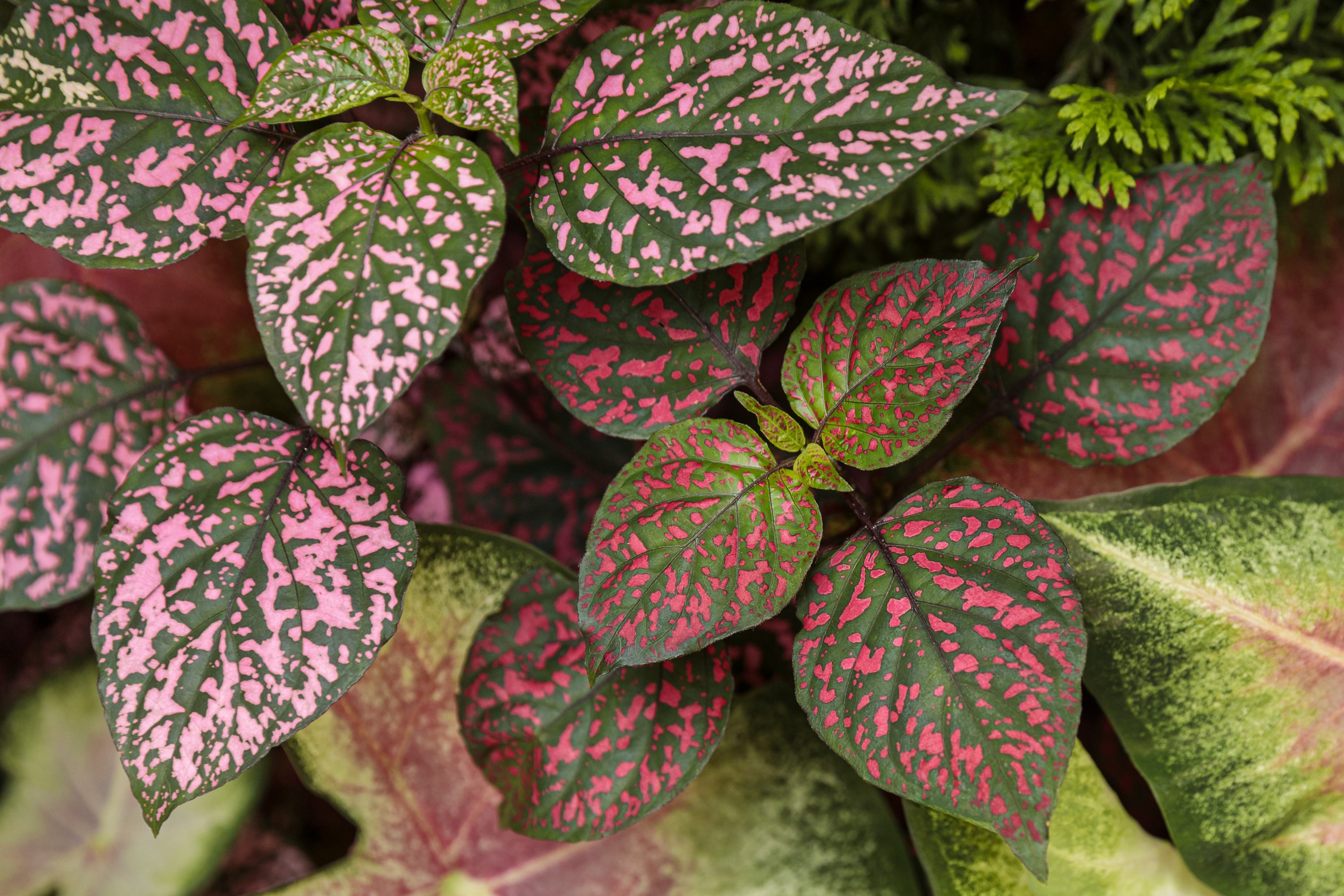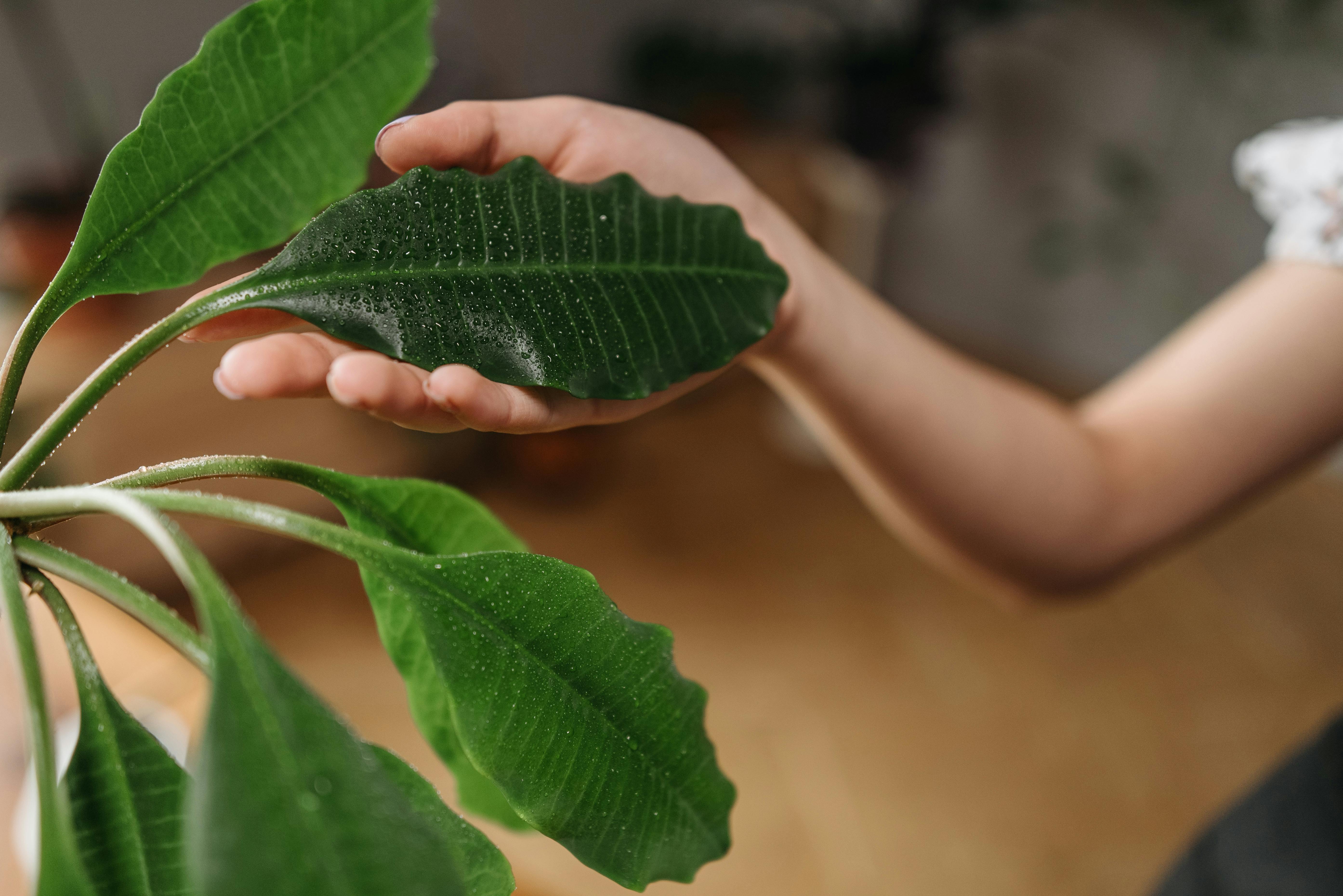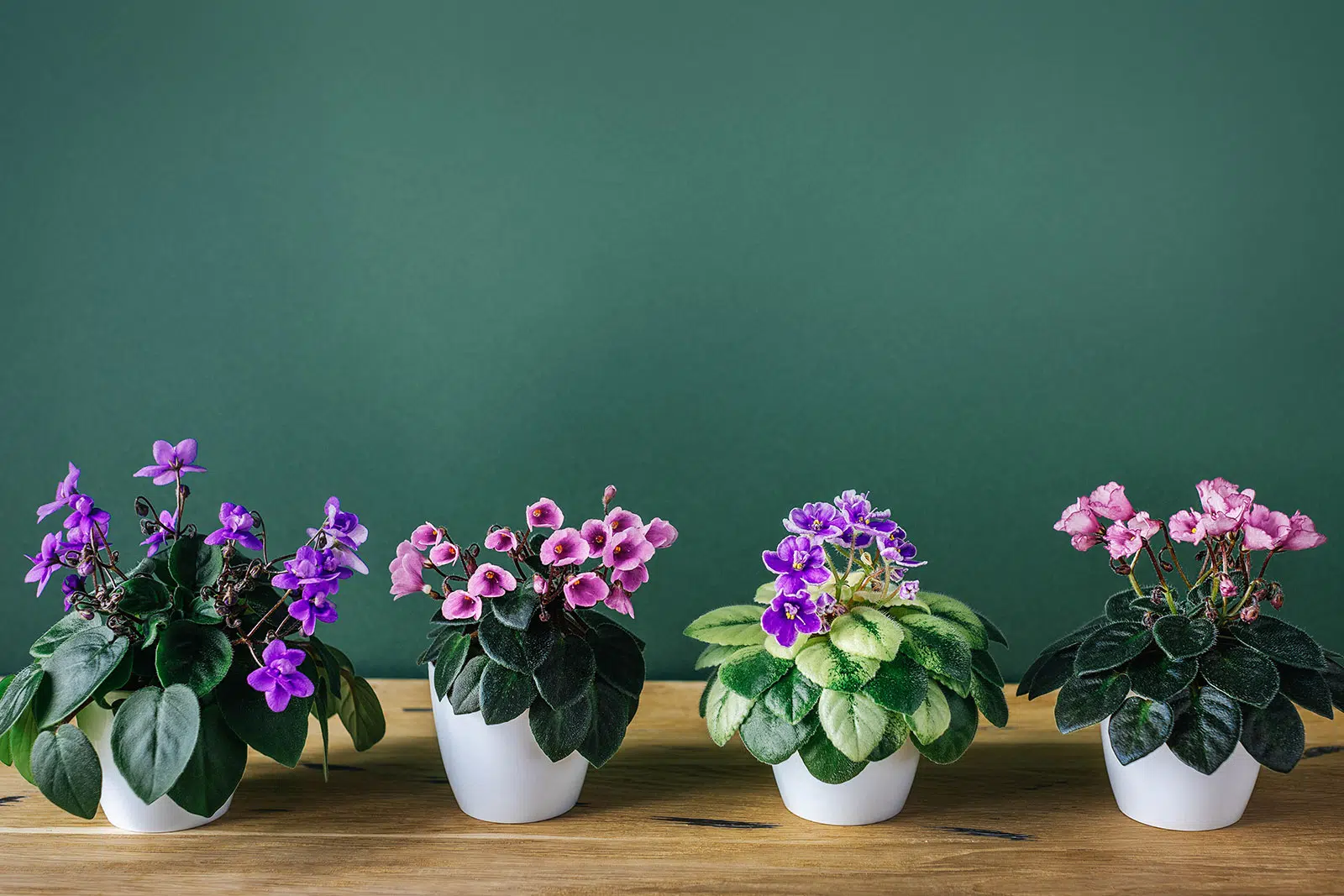How To Care For Fittonia (Fittonia)
How to Care for Fittonia (Nerve Plant): A Detailed Guide
Fittonia, commonly known as the Nerve Plant or Mosaic Plant, is a popular houseplant known for its striking, veined leaves. Native to the rainforests of South America, Fittonia thrives in high humidity and low to moderate light conditions. Here’s a comprehensive guide to help you care for your Fittonia and keep it thriving.
1. Light Requirements
Fittonia prefers bright, indirect light but can also tolerate lower light conditions. Too much direct sunlight can scorch the leaves, while too little light can cause the plant to become leggy and lose its vibrant coloration. Place your Fittonia near an east or north-facing window where it can receive filtered light. If you only have access to bright, direct sunlight, use sheer curtains to diffuse the light.
2. Watering
Fittonia likes consistently moist soil but is sensitive to overwatering and poor drainage. Water the plant when the top inch of soil feels dry to the touch. Ensure the pot has drainage holes to allow excess water to escape. During the growing season (spring and summer), you may need to water more frequently. Reduce watering in the fall and winter when the plant’s growth slows. Fittonia is known for wilting dramatically when it needs water, but it usually recovers quickly after watering.

3. Humidity
Fittonia thrives in high humidity environments, ideally between 60-90%. If your home is dry, especially during winter, consider using a humidifier, placing the plant on a tray filled with water and pebbles, or regularly misting the leaves. Keeping Fittonia in naturally humid areas such as bathrooms can also be beneficial.
4. Temperature
Fittonia prefers warm temperatures between 65-80°F (18-27°C). It is sensitive to cold drafts and sudden temperature changes. Keep the plant away from windows or doors that may have cool drafts and from heating or air conditioning vents.
5. Soil and Potting
Fittonia requires well-draining, rich soil. A good mix is one part peat moss, one part perlite, and one part potting soil. Repotting should be done every 1-2 years or when the plant becomes root-bound, ideally in the spring. Choose a pot that is one size larger than the current one to give the roots room to grow.
6. Fertilizing
Feed your Fittonia every 4-6 weeks during the growing season with a balanced, water-soluble fertilizer diluted to half strength. Avoid fertilizing in the fall and winter months when the plant’s growth slows. Over-fertilizing can lead to a buildup of salts in the soil, which can harm the plant.
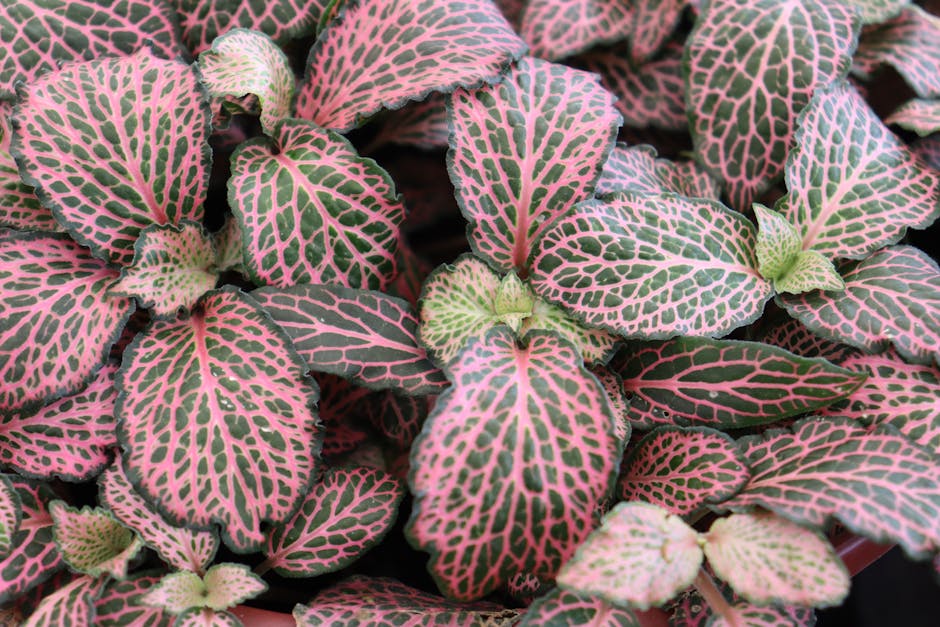
7. Pruning
Regular pruning helps maintain the plant’s shape and encourages bushier growth. Use clean, sharp scissors or pruning shears to trim back any leggy or overgrown stems. Pinch back the tips of the stems to encourage branching. Pruning also helps improve air circulation around the plant.
8. Propagation
Fittonia can be propagated through stem cuttings. Take a cutting with at least one node and a few leaves, and place it in water or a moist soil mix. If rooting in water, change the water every few days to prevent stagnation. Once roots develop, transfer the cutting to a pot with well-draining soil. Keep the new plant in a warm, humid environment until it establishes new growth.
9. Pest and Disease Management
Fittonia can be susceptible to pests like spider mites, aphids, and mealybugs. Regularly inspect the plant for signs of pests, such as webbing, sticky residue, or visible insects. Treat infestations with insecticidal soap, neem oil, or by wiping the leaves with a damp cloth. Proper watering and good air circulation help prevent fungal and bacterial diseases.
10. Leaf Care
Fittonia leaves can collect dust, which can interfere with photosynthesis. Clean the leaves gently with a damp cloth or sponge to keep them looking their best. Avoid using leaf shine products, as they can clog the pores on the leaves.
Conclusion
Fittonia, with its vibrant and intricate foliage, can be a beautiful addition to your indoor garden. By providing the right light, moisture, and environment, you can enjoy the beauty and growth of this plant for years. Regular maintenance, including proper watering, fertilizing, and pruning, will ensure your Fittonia remains healthy and vibrant. Whether you are a seasoned gardener or a beginner, Fittonia offers a rewarding and visually captivating plant care experience.
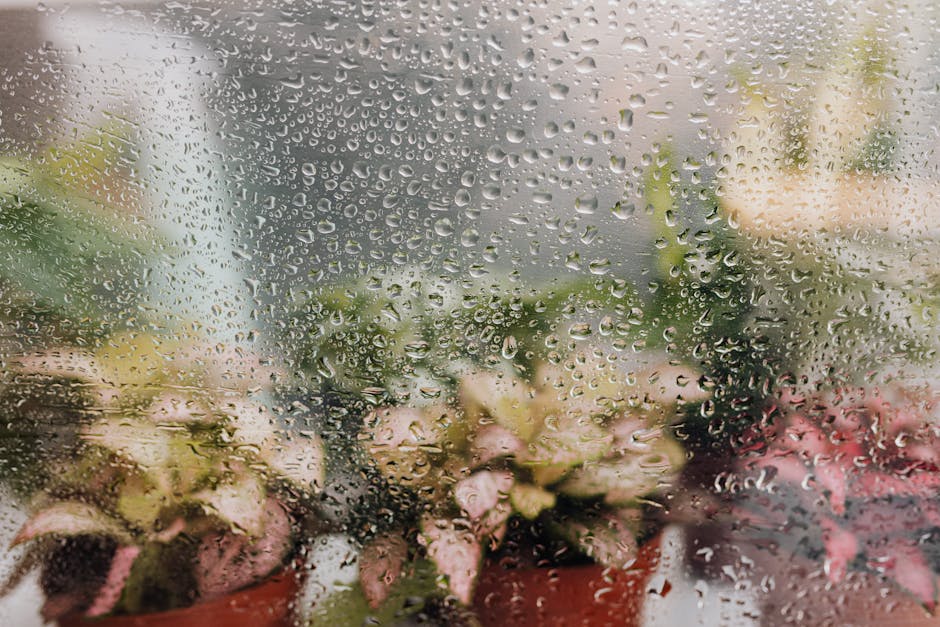
Light Requirements
Fittonia plants thrive in bright, indirect light. They should not be placed in direct sunlight, as this can scorch their delicate leaves. A good spot for a Fittonia plant is near a north-facing window where it can receive filtered sunlight throughout the day.
Watering
Fittonia plants prefer consistently moist soil. It is important to water them regularly, but be careful not to overwater, as this can lead to root rot. A good rule of thumb is to water when the top inch of soil feels dry to the touch. It is also helpful to mist the leaves of the Fittonia plant occasionally to increase humidity.
Temperature and Humidity
Fittonia plants thrive in temperatures between 60-80 degrees Fahrenheit. They also prefer high humidity levels, so it is a good idea to place a humidifier near the plant or group it with other houseplants to increase humidity around it.
Soil Requirements
Fittonia plants prefer well-draining soil that is rich in organic matter. A peat-based potting mix is a good choice for these plants. It is also a good idea to repot Fittonia plants every 1-2 years to refresh the soil and provide them with fresh nutrients.
Fertilizing
Fittonia plants benefit from regular fertilization during the growing season (spring and summer). A balanced liquid fertilizer can be applied every 2-4 weeks to promote healthy growth and vibrant foliage.
Propagation
Fittonia plants can be easily propagated by stem cuttings. Simply take a 3-4 inch cutting with at least two nodes and place it in a glass of water. Roots should start to form within a few weeks, at which point the cutting can be potted up in soil.
Pests and Diseases
Fittonia plants are susceptible to common houseplant pests such as aphids, mealybugs, and spider mites. Regularly inspect the plant for any signs of pests, and treat them promptly with insecticidal soap or neem oil. Overwatering can also lead to root rot, so be sure to monitor the plant’s watering schedule.
According to a recent study, Fittonia plants have been shown to reduce indoor air pollution by up to 25%.
